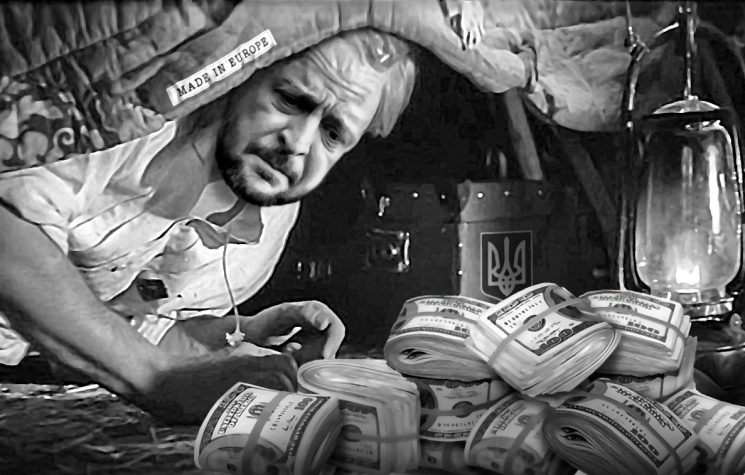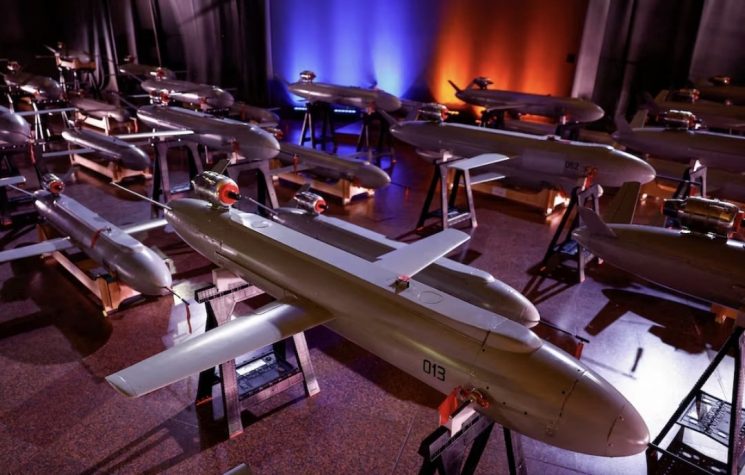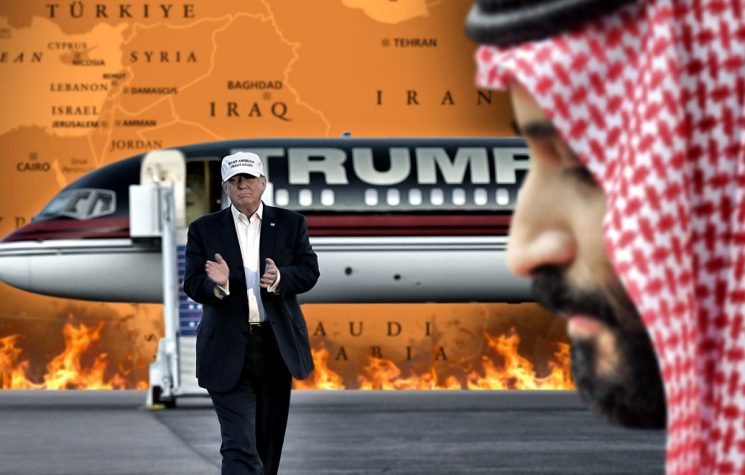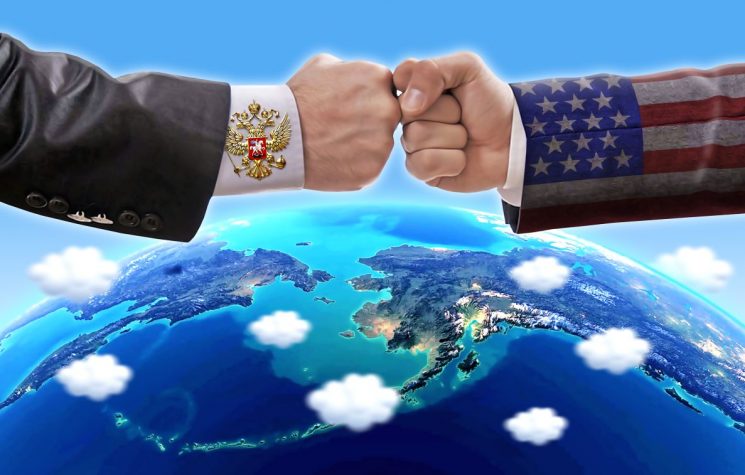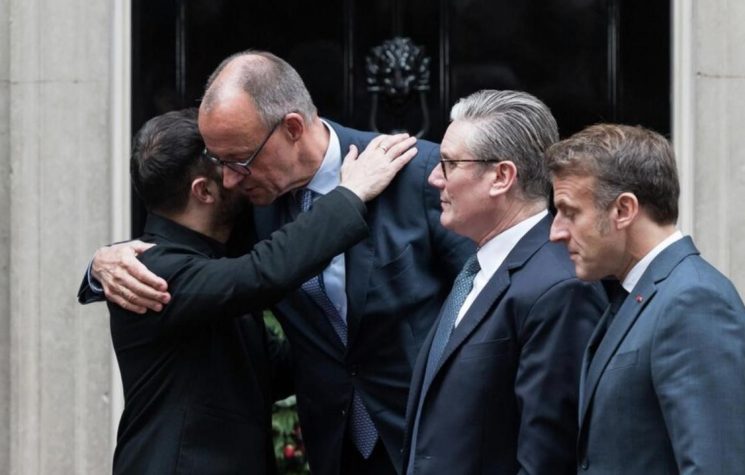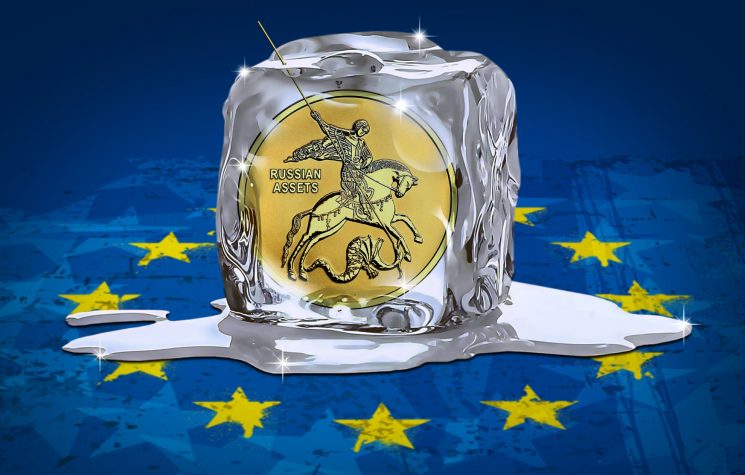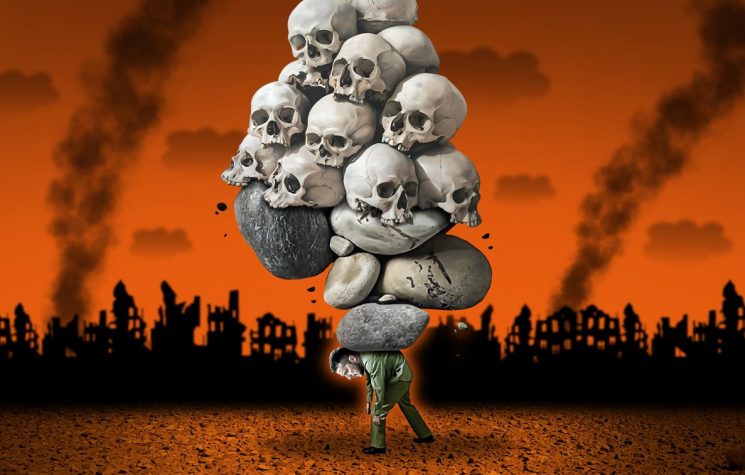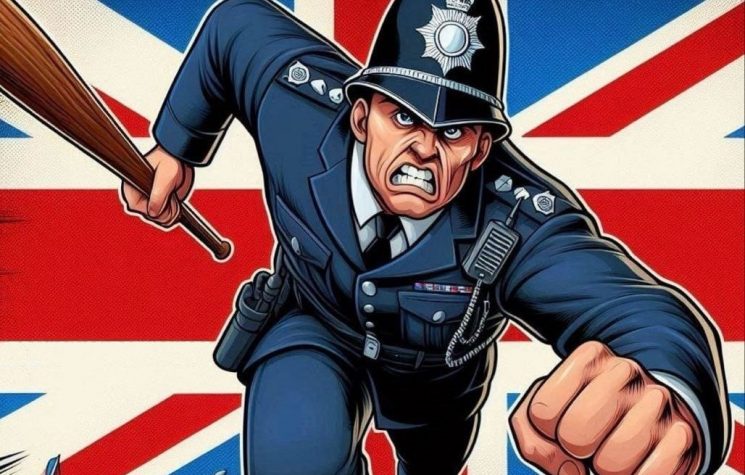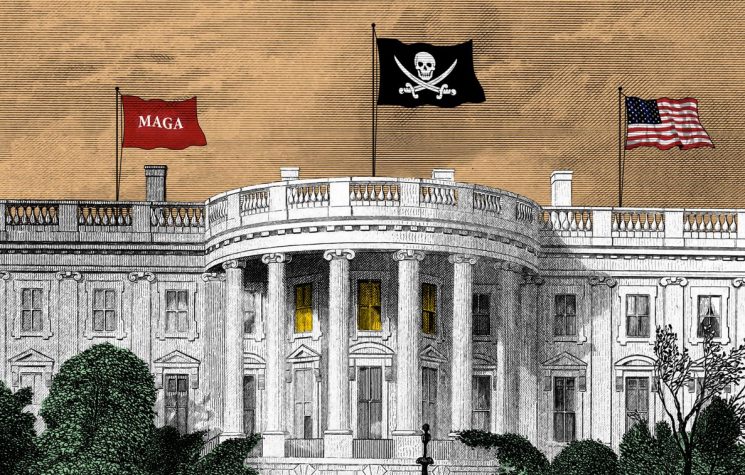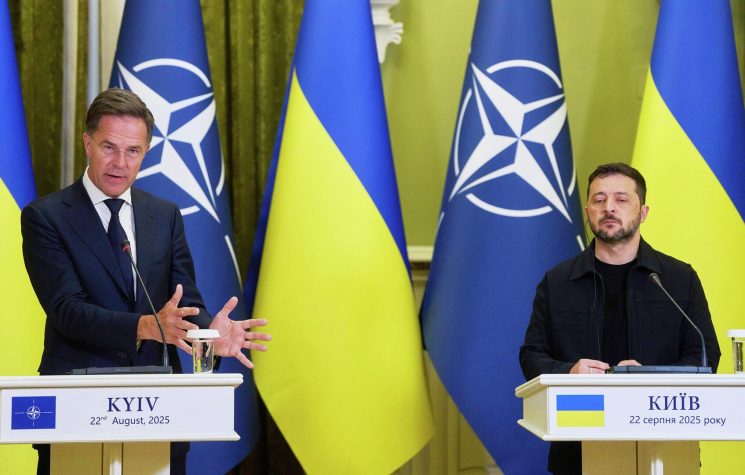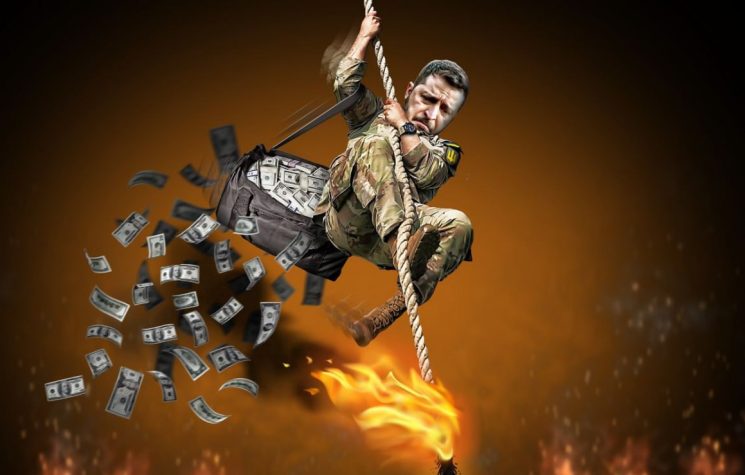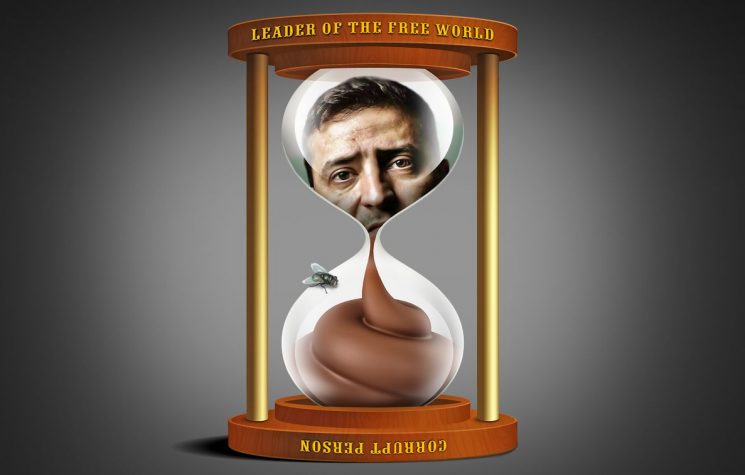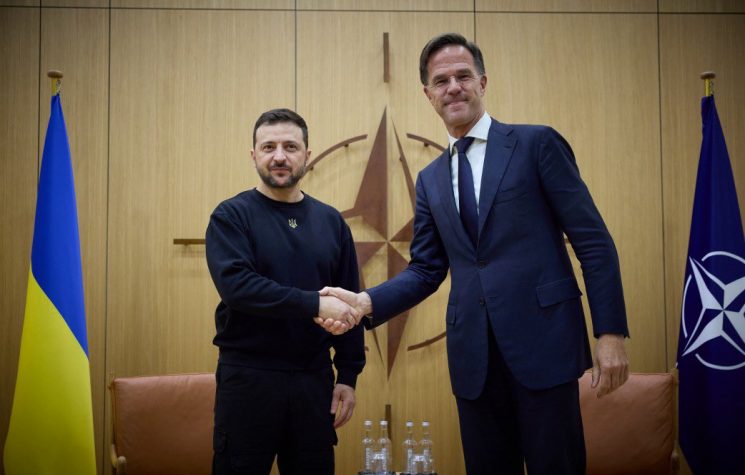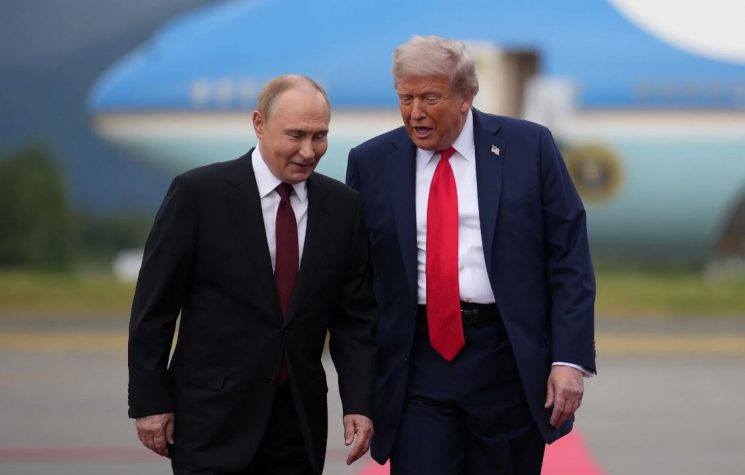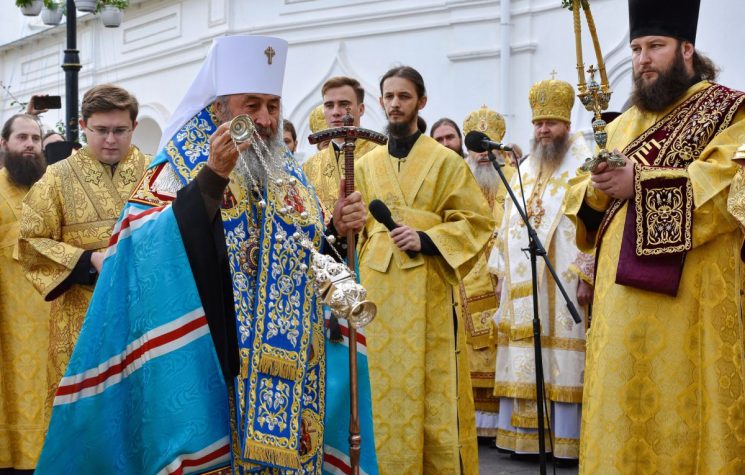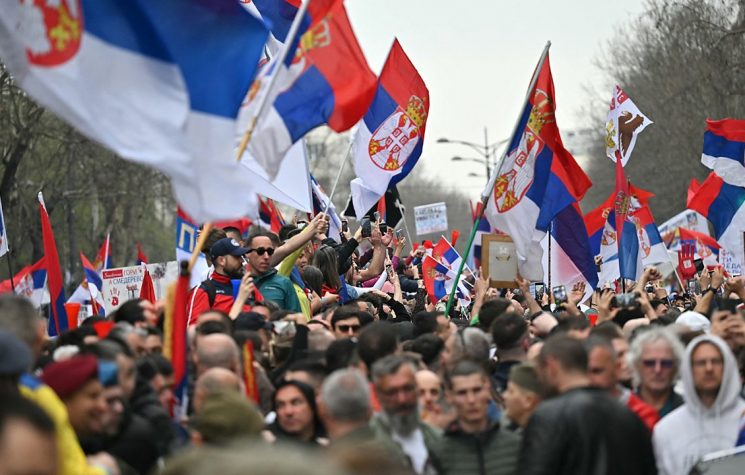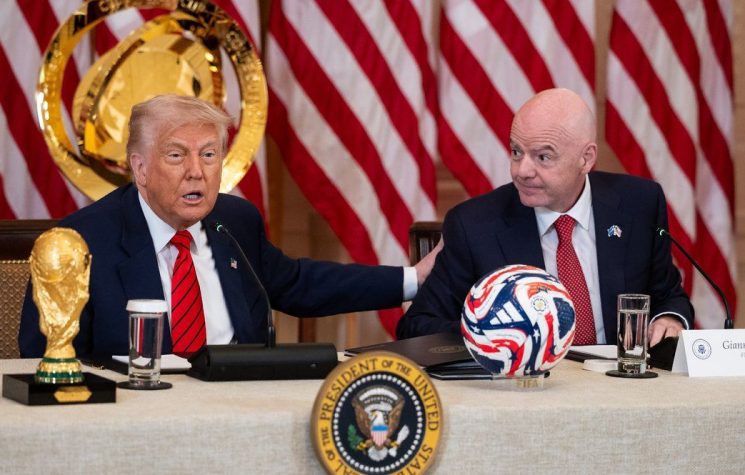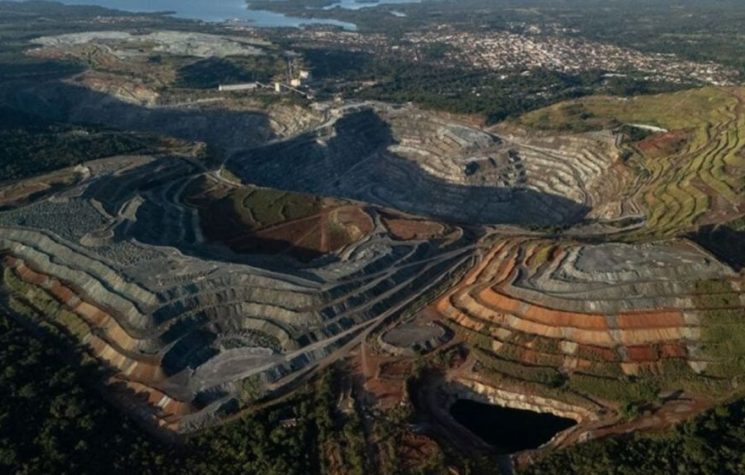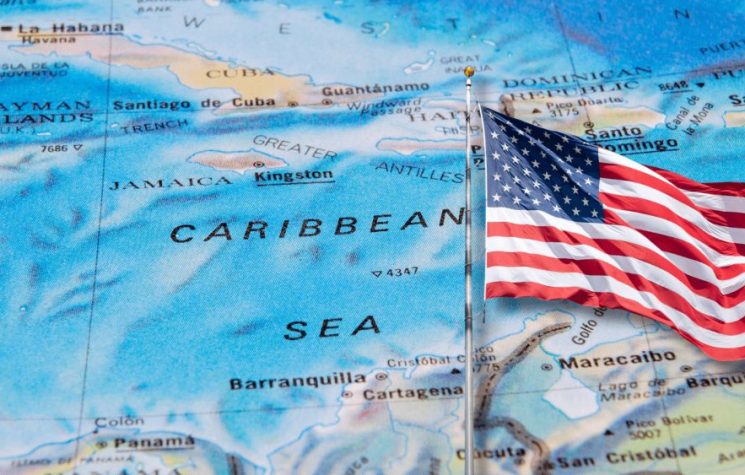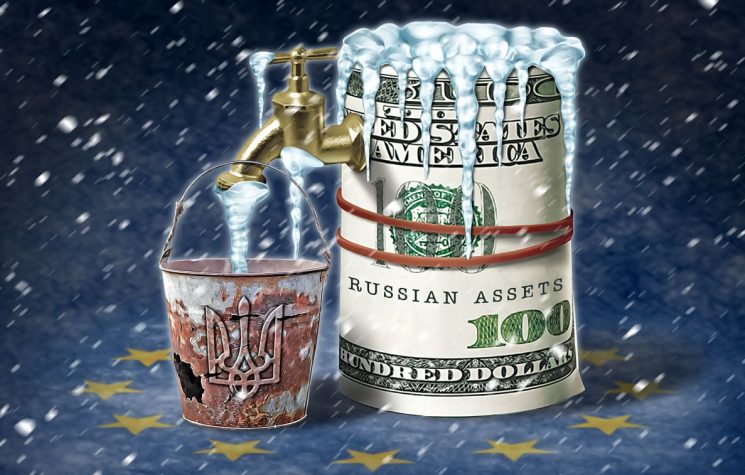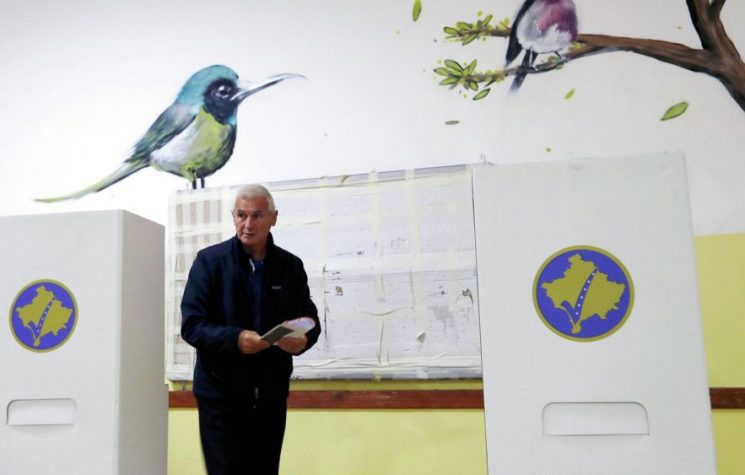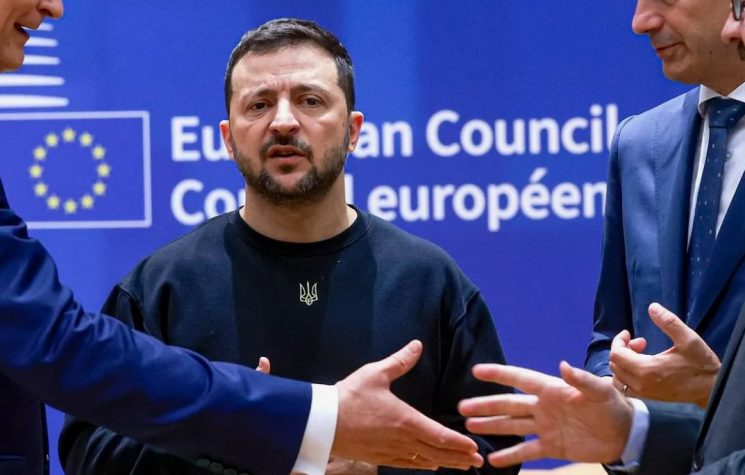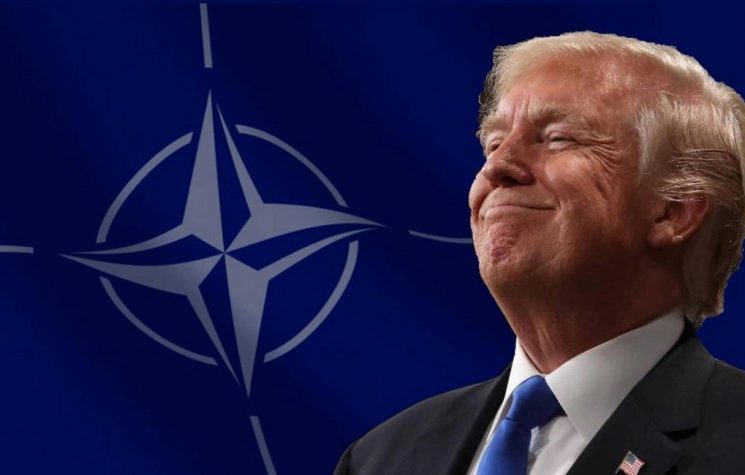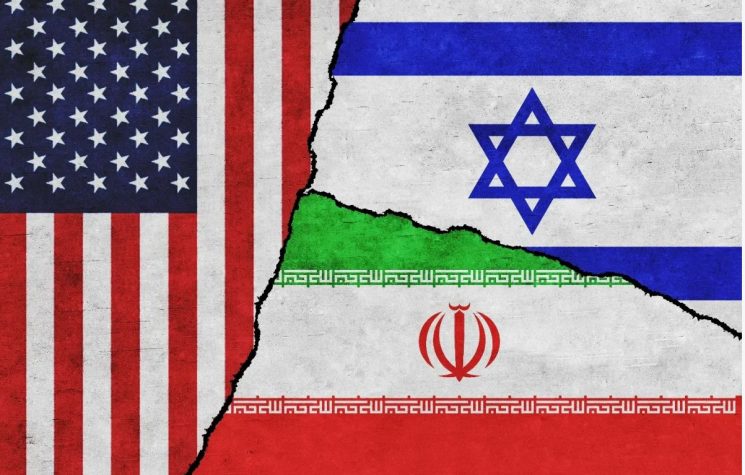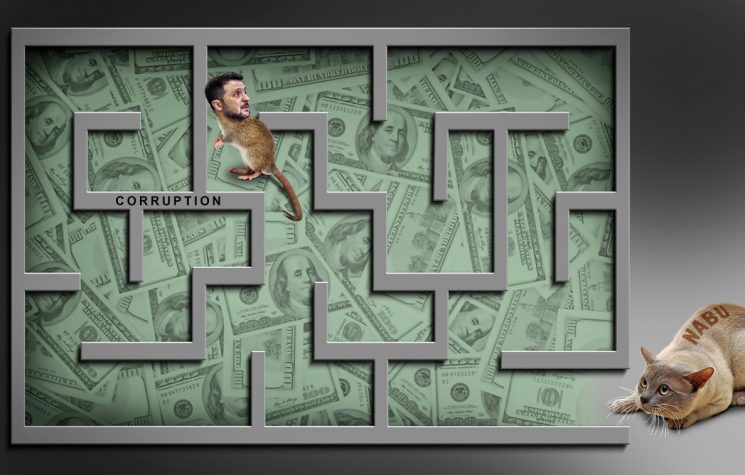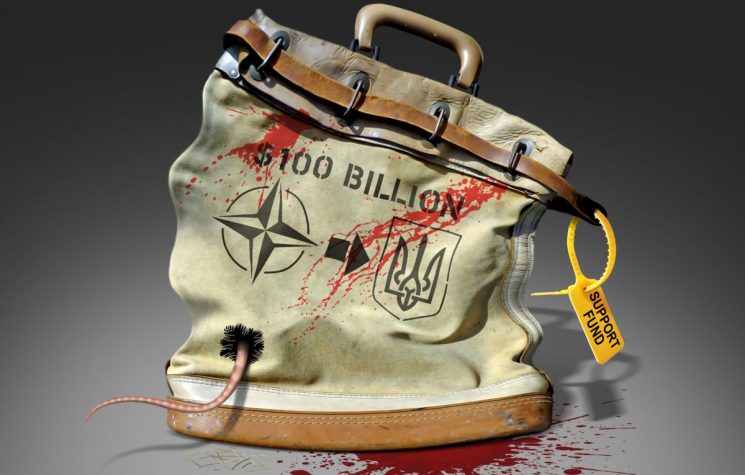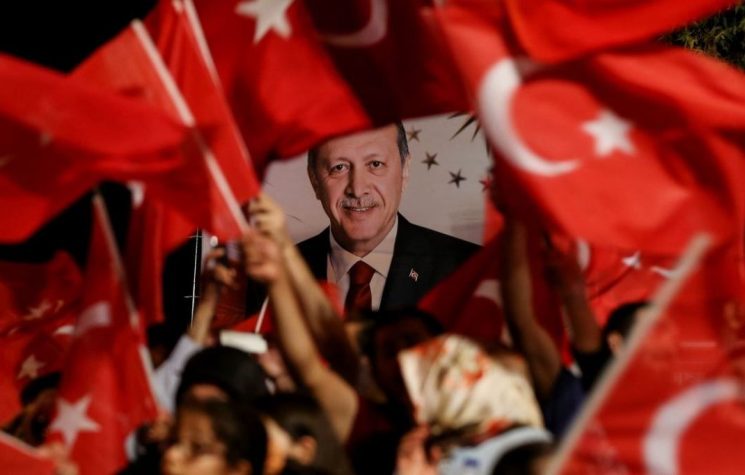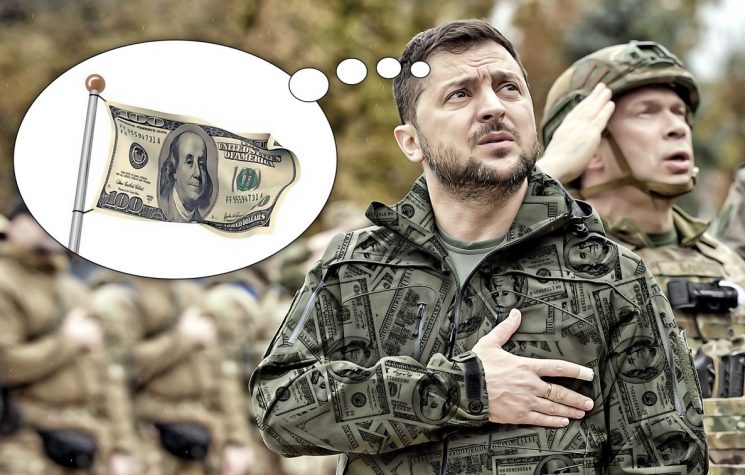Zelensky wants to provoke Russia into a retaliatory strike against NATO, Ian Proud writes.
Contact us: info@strategic-culture.su
There has been much reporting of Ukraine’s aerial attack on Russia over recent days that struck as far as Tatarstan. Western media has been quick to point out the use of western ATACMS and Storm Shadow missiles in these attacks and six of each appear to have been used.
What does this all mean?
As talk increases of a possible meeting between Presidents Trump and Putin to discuss ending the war, Volodymyr Zelensky is grasping for a Pearl Harbour moment. Specifically, he wants to provoke Russia into a retaliatory strike against NATO that would be so strategically damaging that NATO would be drawn into Ukraine’s war with Russia.
In that regard, Zelensky is trying to position himself as a modern-day Winston Churchill.
Churchill famously said in a radio broadcast on 9 February 1941 addressing President Roosevelt, ‘Give us the tools, and we will finish the job.’
In April 2024, Zelensky said, ‘We will have a chance for victory if Ukraine really gets the weapon system which we need.’ He has used a different form of the same Churchillian entreaty several times.
In truth, Churchill knew that Britain could only defeat Nazi Germany in western Europe with the industrial might of the United States. So too, Zelensky has always wanted a more direct NATO role in the war, because it has always been clear that Ukraine cannot defeat Russia on its own.
History will record that the outcome of World War II was sealed by events far from Europe, but rather in the Pacific, namely the Japanese attack on Pearl Harbour, on 7 December 1941. That so enraged the United States that they had no choice but to enter the war.
By attacking targets deep inside of Russia using western supplied weapons, Zelensky’s gamble is that Russia will retaliate by striking a significant NATO target inside of Europe.
The Oreshnik strike on an underground weapons facility in Dnipropetrovsk of 21 November offered a glimpse into the battle-changing munitions Russia has at its disposal.
But President Putin has always sought to avoid dramatic escalation that would constitute a direct attack on NATO and, so, trigger an Alliance response under Article 5.
Despite his apparent willingness to negotiate with President Putin, we should nonetheless expect that the escalation risk will rise with Donald Trump as U.S. President. He was famously gung-ho after becoming President for the first time in January 2017, launching a major cruise missile strike against a Syrian airbase after an alleged chemical weapons’ use in Khan Shaykhun.
The U.S. and UK governments have tied Zelensky’s hands so far, in not allowing him to use western munitions to strike further afield in Russia, precisely out of a fear of a Russian retaliation.
With only twelve western rockets fired into Russia this weeks, at sites in close proximity to the war zone, it seems clear that that position has not changed.
Long-range drone attacks against Tatarstan are nothing new. On 22 December 2024 a Ukrainian drone hit an apartment block in Kazan. Tatarstan is a strategically important region because of its oil and gas wealth. It is also location to a Shahed drone facility that was attacked by long-range Ukrainian drones in April 2024.
Ukrainian drones also attacked a gas compressor station on the Black Sea coast. The station is integral to the functioning of the Turkstream pipeline that over the past year has been running at its maximum capacity (31.5bcm per year) as other routes for natural gas into Europe have been cut.
None of these attacks has struck a strategic blow to Russia’s war effort which continues to grind out small chunks of territory in the Donbass each day.
For now, further escalation looks unlikely, even though Russia will mount retaliatory missile strikes inside of Ukraine which are already happening.
Most people in the west would consider direct NATO involvement in the war to be a bad idea and I suspect a quiet majority would prefer there to be a peace agreement between Russia and Ukraine.
The war in Ukraine is dreadful, destructive and bloody, with over a million people killed or injured so far. Even the Washington Post – one of the most aggressively pro-war American papers – said the official estimate of 400,000 Ukrainians dead or injured is considered ‘a vast undercount’. But the war has been fought exclusively within the territory of Ukraine with Russia seemingly sticking to clear rules of engagement.
Neither Biden nor, now, the more combustible Trump, want to drag the United States into another European war, just as FD Roosevelt didn’t want to commit to World War II.
That leaves Zelensky waiting in the wings, hoping desperately for a Pearl Harbour moment to turn the tide in his favour.
Netflix recently released a documentary about British wartime leader Winston Churchill, with guest appearances by such luminaries as Boris Johnson and, rather bizarrely, Barack Obama’s former speechwriter.
Despite its title, the documentary was a vehicle to compare Winston Churchill’s stoic refusal to give in to Nazi Germany with Volodymyr Zelensky struggle in Ukraine. Even though the latter’s name was not mentioned, the implication was glaring.
Viewers were invited to consider the huge pressure Churchill was under to end his resistance to Hitler. The so-called aerial ‘Battle of Britain’ was a failed bid to keep the United Kingdom out of the war either through a peace treaty or forcing Britain to declare neutrality.
So too, viewers may then think about the blizzard of western media reporting that Zelensky should not be forced against his will into making peace with Russia.
Britain fought Germany alone until the Soviet Union joined the war on 22 June 1941, just like Ukraine is fighting alone now.
But, of course, the likeness is entirely false.
The oft-quoted Munich analogy is false precisely because western powers tried to co-exist with the psychopath Hitler in letting him annex the Sudeten Lands. War in Ukraine started because western powers including Britain actively discouraged both Poroshenko and Zelensky from seeking to coexist with Russian speaking separatists in the Donbas, to keep Ukraine intact.
War in Ukraine would not have happened had Ukraine continued to seek a negotiated settlement allowing devolution in the Donbass and agreed to repudiate its aspiration to join NATO.
The cold truth is that Ukraine is not Great Britain and Zelensky is not Winston Churchill.
Rather than trying to provoke a Pearl Harbour moment that isn’t likely to happen, Zelensky should, for the first time, strike to peace.










